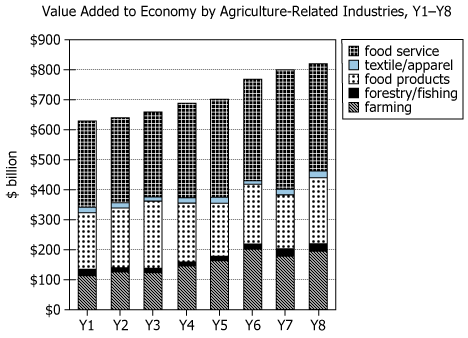Events & Promotions
|
|

GMAT Club Daily Prep
Thank you for using the timer - this advanced tool can estimate your performance and suggest more practice questions. We have subscribed you to Daily Prep Questions via email.
Customized
for You
Track
Your Progress
Practice
Pays
Not interested in getting valuable practice questions and articles delivered to your email? No problem, unsubscribe here.
- Nov 18
11:00 AM PST
-12:00 PM PST
Join us in a live GMAT practice session and solve 30 challenging GMAT questions with other test takers in timed conditions, covering GMAT Quant, Data Sufficiency, Data Insights, Reading Comprehension, and Critical Reasoning questions. - Nov 22
11:00 AM IST
-01:00 PM IST
Do RC/MSR passages scare you? e-GMAT is conducting a masterclass to help you learn – Learn effective reading strategies Tackle difficult RC & MSR with confidence Excel in timed test environment - Nov 23
11:00 AM IST
-01:00 PM IST
Attend this free GMAT Algebra Webinar and learn how to master the most challenging Inequalities and Absolute Value problems with ease. - Nov 25
10:00 AM EST
-11:00 AM EST
Prefer video-based learning? The Target Test Prep OnDemand course is a one-of-a-kind video masterclass featuring 400 hours of lecture-style teaching by Scott Woodbury-Stewart, founder of Target Test Prep and one of the most accomplished GMAT instructors.
Kudos
Bookmarks
Dropdown 1: Food service
Dropdown 2: Y7
Be sure to select an answer first to save it in the Error Log before revealing the correct answer (OA)!
Difficulty:
 5%
(low)
5%
(low)
Question Stats:
89% (01:19) correct 11%
(01:32)
wrong
11%
(01:32)
wrong  based on 1655
sessions
based on 1655
sessions
History
Date
Time
Result
Not Attempted Yet

An economic council evaluated the agriculture-related industries of a certain country's overall economy. The stacked-bar graph shows for each of eight consecutive years (Y1–Y8) the value added to the country's economy by each of five agriculture-related industries: food service, textile/apparel, food products, forestry/fishing, and farming.
From each drop-down menu, select the option that creates the most accurate statement according to the information provided.
For Y1 through Y8, the greatest of the yearly values added to the country's economy by a single agriculture-related industry was added by the industry in .

An economic council evaluated the agriculture-related industries of a certain country's overall economy. The stacked-bar graph shows for each of eight consecutive years (Y1–Y8) the value added to the country's economy by each of five agriculture-related industries: food service, textile/apparel, food products, forestry/fishing, and farming.
From each drop-down menu, select the option that creates the most accurate statement according to the information provided.
For Y1 through Y8, the greatest of the yearly values added to the country's economy by a single agriculture-related industry was added by the industry in .
ID: 700279
ShowHide Answer
Official Answer
Dropdown 1: Food service
Dropdown 2: Y7
Kudos
Bookmarks
Food Services, Y7
We need to see bar with greatest height, can be seen by eye-balling. No need to calculate exact value
We need to see bar with greatest height, can be seen by eye-balling. No need to calculate exact value
Kudos
Bookmarks
Watch the video solution of this Data Insights Question
Answer: Food Service and Y7
New Addition: Video on Everything about Data Insights Section
Answer: Food Service and Y7
New Addition: Video on Everything about Data Insights Section
gmatt1476











